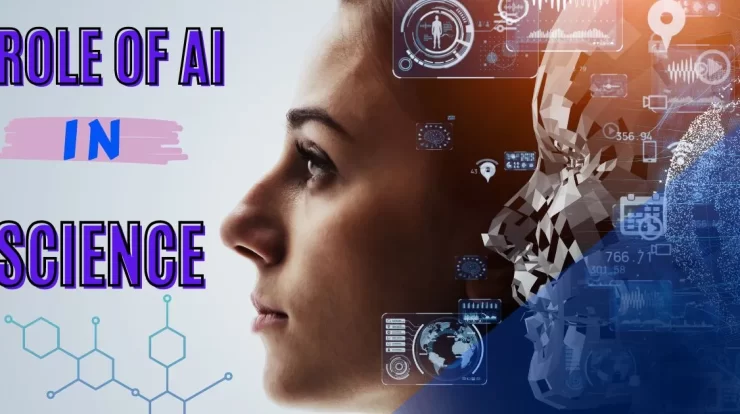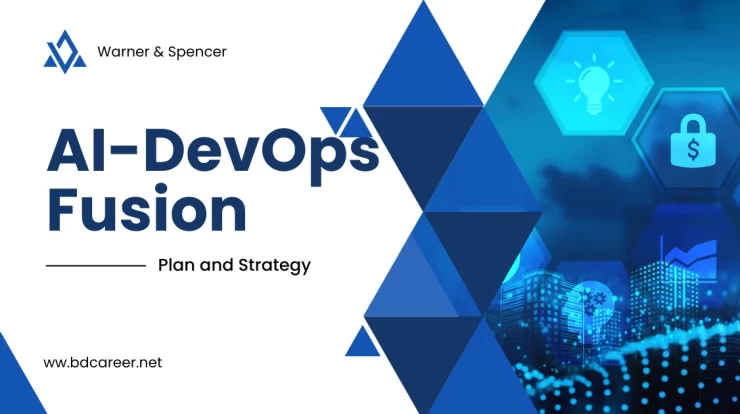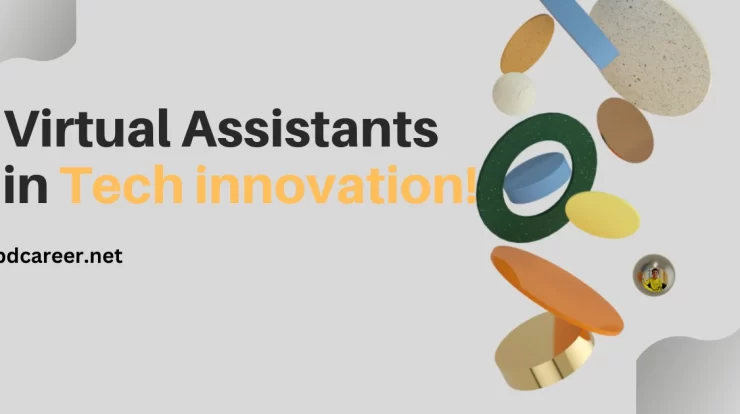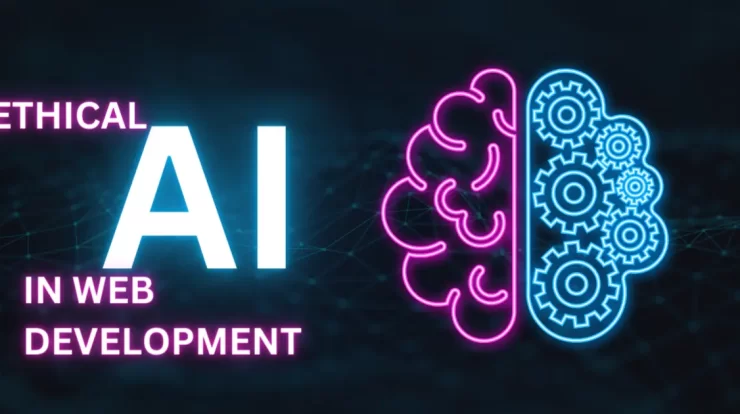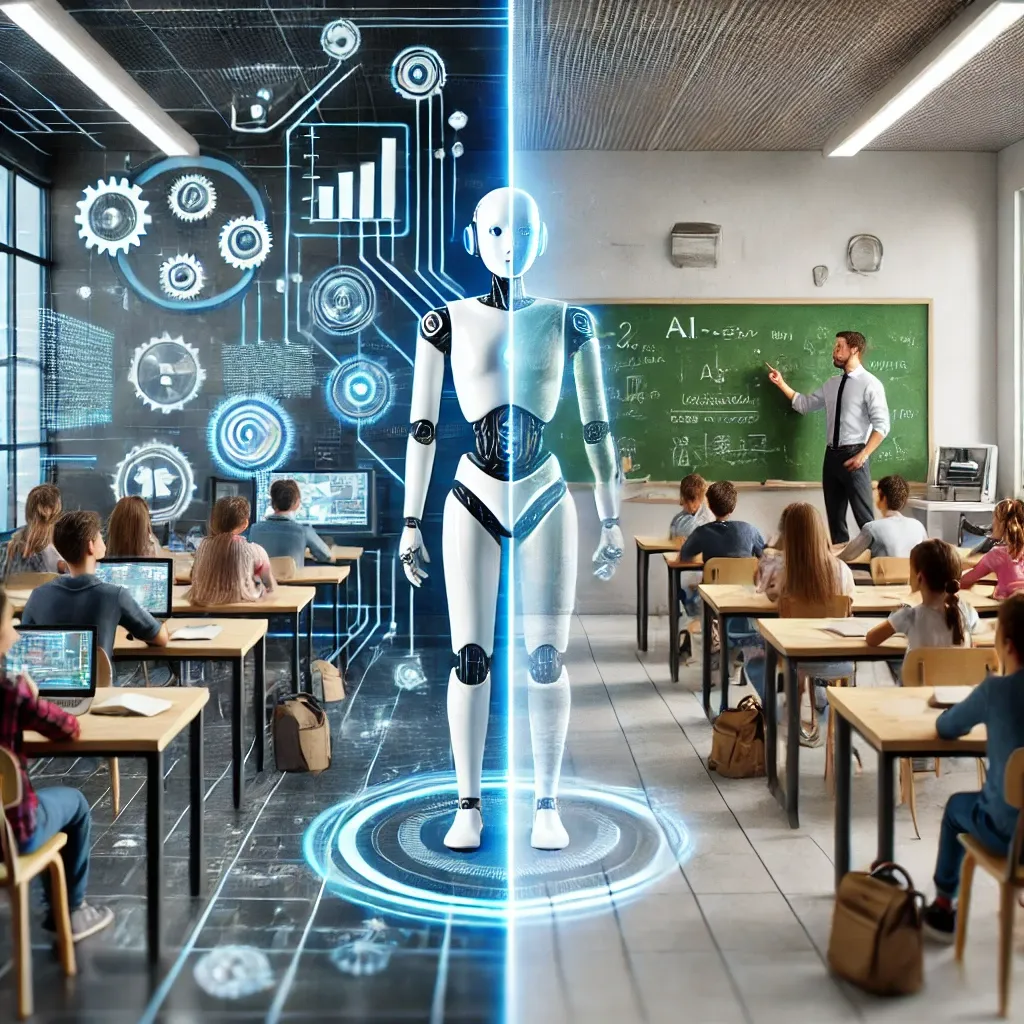
In the age of rapidly advancing technology, artificial intelligence (AI) has made its presence felt in nearly every aspect of our daily lives. Education, unsurprisingly, is no exception. The emergence of robot teachers powered by AI has ignited a fascinating debate: Can these robotic educators replace their human counterparts, or will they serve as complementary tools in the classroom?
As an experienced blogger passionate about technology and education, I’ve delved deep into this topic to bring you a nuanced perspective. Let’s explore the advantages, limitations, and potential future of robot teachers compared to human educators.
Contents
The Rise of Robot Teachers
AI-driven robot teachers are no longer a concept confined to science fiction. These programmable machines are now actively engaging with students in many parts of the world. For example:
- Kerala, India: A robot named “Iris” has become India’s first AI teacher, captivating students with interactive lessons.
- China: AI tutors like “Squirrel AI” provide personalized, high-quality education tailored to individual student needs. Robots like “Kiko” have even been introduced to teach through puzzles and interactive displays in kindergartens.
- United States: At a university in Atlanta, a robot named “Jill Watson” answers students’ online queries so effectively that many don’t realize they are interacting with AI.
These examples showcase how robot teachers can efficiently address specific educational challenges, offering consistent quality, unbiased assessments, and personalized learning paths.
Advantages of Robot Teachers
- Unmatched Efficiency:
- Robot teachers never tire, get frustrated, or need a break.
- They can evaluate exams quickly and accurately, identifying errors and tailoring subsequent lessons to address knowledge gaps.
- Data-Driven Insights:
- These machines collect and analyze student performance data, helping educators understand areas where learners struggle.
- They ensure consistent quality, which might be difficult to guarantee with human educators of varying experience levels.
- Student Comfort:
- Many students find it easier to ask questions to robots, free from the fear of judgment.
- Robots allow learners to revisit topics multiple times without signs of impatience or frustration.
- Cost-Effectiveness:
- Over time, robot teachers could be more affordable for institutions as they don’t require salaries, training, or additional benefits.
The Irreplaceable Human Touch
Despite their strengths, robot teachers come with significant limitations. The essence of education extends beyond academic knowledge, and this is where human teachers excel:
- Emotional and Moral Guidance:
- Human educators play a crucial role in shaping a student’s character, inspiring curiosity, creativity, and teamwork.
- They provide emotional support and foster a sense of belonging—something no robot can replicate.
- Adaptability and Critical Thinking:
- Humans excel in navigating unpredictable classroom dynamics, addressing behavioral issues, and cultivating critical life skills.
- They encourage students to think beyond structured learning, nurturing originality and innovation.
- Technical Limitations:
- Robot teachers can face software or hardware malfunctions, internet connectivity issues, and data security concerns.
- Decisions made by AI may sometimes conflict with human values or cultural sensitivities.
- Human Connection:
- Personal anecdotes, life lessons, and the shared joy of discovery are unique to human teachers. These experiences are vital for a well-rounded education.
Comparison of Robot and Human Teachers
| Aspect | Robot Teachers | Human Teachers |
|---|---|---|
| Efficiency | Never tire, provide consistent output, and evaluate exams quickly and accurately. | May tire or face personal challenges, but bring adaptability and creativity to problem-solving. |
| Emotional Guidance | Lack emotional intelligence and cannot provide moral or emotional support. | Excel at offering emotional guidance, inspiring creativity, and fostering a sense of belonging. |
| Adaptability | Operate based on programmed algorithms and may struggle with unexpected scenarios. | Highly adaptable to dynamic classroom environments and capable of addressing unique student needs. |
| Cost-Effectiveness | Long-term cost savings due to lack of salaries or benefits; require maintenance. | Initial costs are lower, but salaries and ongoing training add to expenses over time. |
| Learning Personalization | Tailor lessons to individual students using data-driven insights. | Provide personalized attention, enriched by understanding students’ emotions and behavior. |
| Technical Limitations | Prone to hardware or software malfunctions, as well as data security concerns. | Not affected by technical glitches, but require consistent training to stay updated. |
Questions to Consider
As we navigate this technological shift, it’s essential to ask:
- Can robot teachers genuinely foster creativity and emotional intelligence in students?
- How can schools ensure that AI-based education respects privacy and ethical standards?
- Should we view robot teachers as replacements or simply as tools to enhance the human learning experience?
A Vision for the Future
The ideal future educational landscape may not involve choosing between human and robot teachers, but instead finding a balance. This balance ensures that while AI handles routine tasks and data analysis, human educators can focus on what they do best: mentoring, inspiring, and addressing students’ emotional and social development.
For instance, while a robot teacher might help students master complex algebra, a human teacher could guide them through teamwork in a science project or mentor them through failure. Together, they could create a sustainable and effective education system that leverages the best of both worlds.
Conclusion
The ongoing debate about robot versus human teachers highlights the dynamic evolution of education. Combining AI’s precision with human educators’ empathy can redefine learning for future generations.
Education is not merely about imparting knowledge; it’s about shaping individuals who can navigate the world’s complexities with confidence and compassion. Let’s embrace this technological revolution with a clear vision of maintaining humanity at the heart of learning.
What are your thoughts on the future of education? Could robot teachers revolutionize learning, or is the human touch irreplaceable? Let’s discuss this in the comments below!


